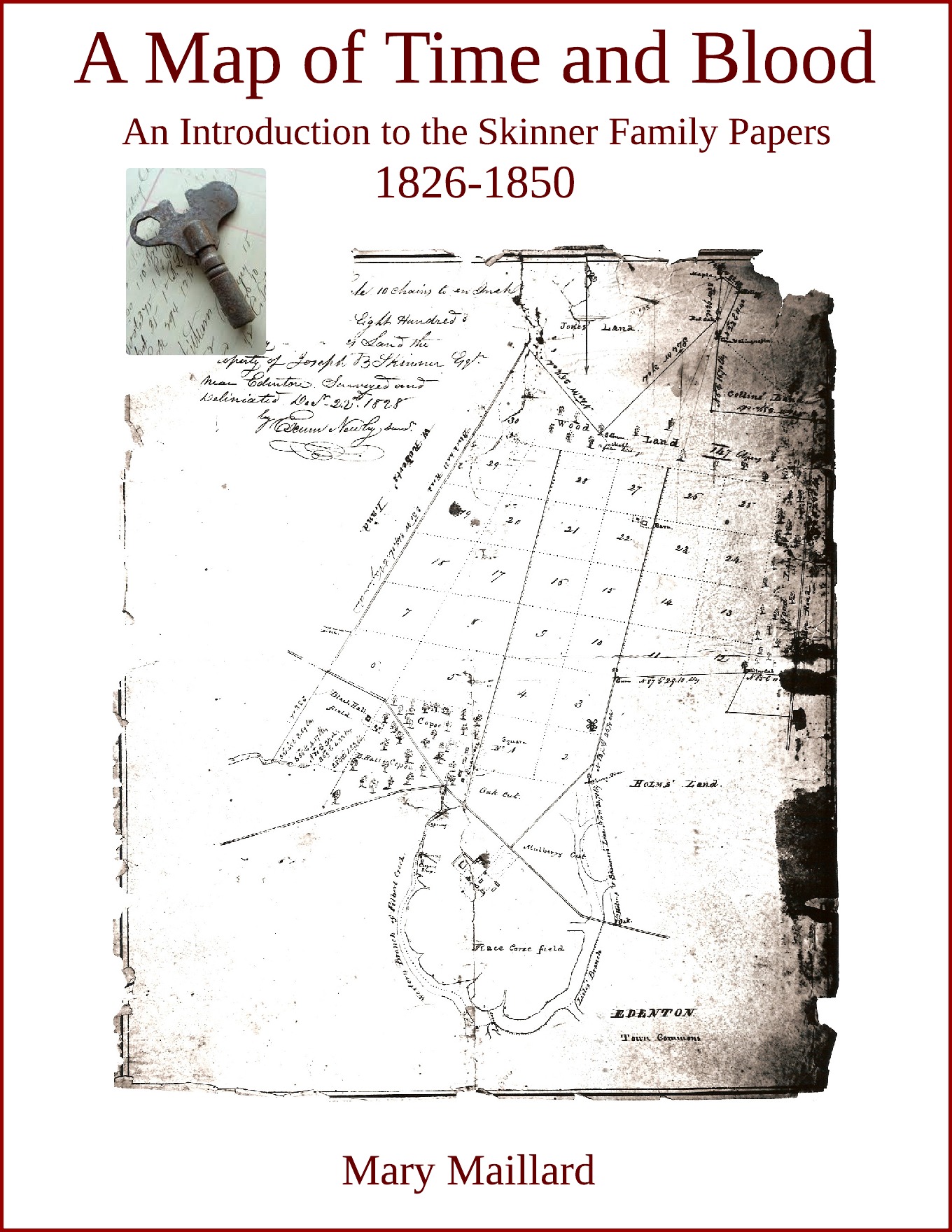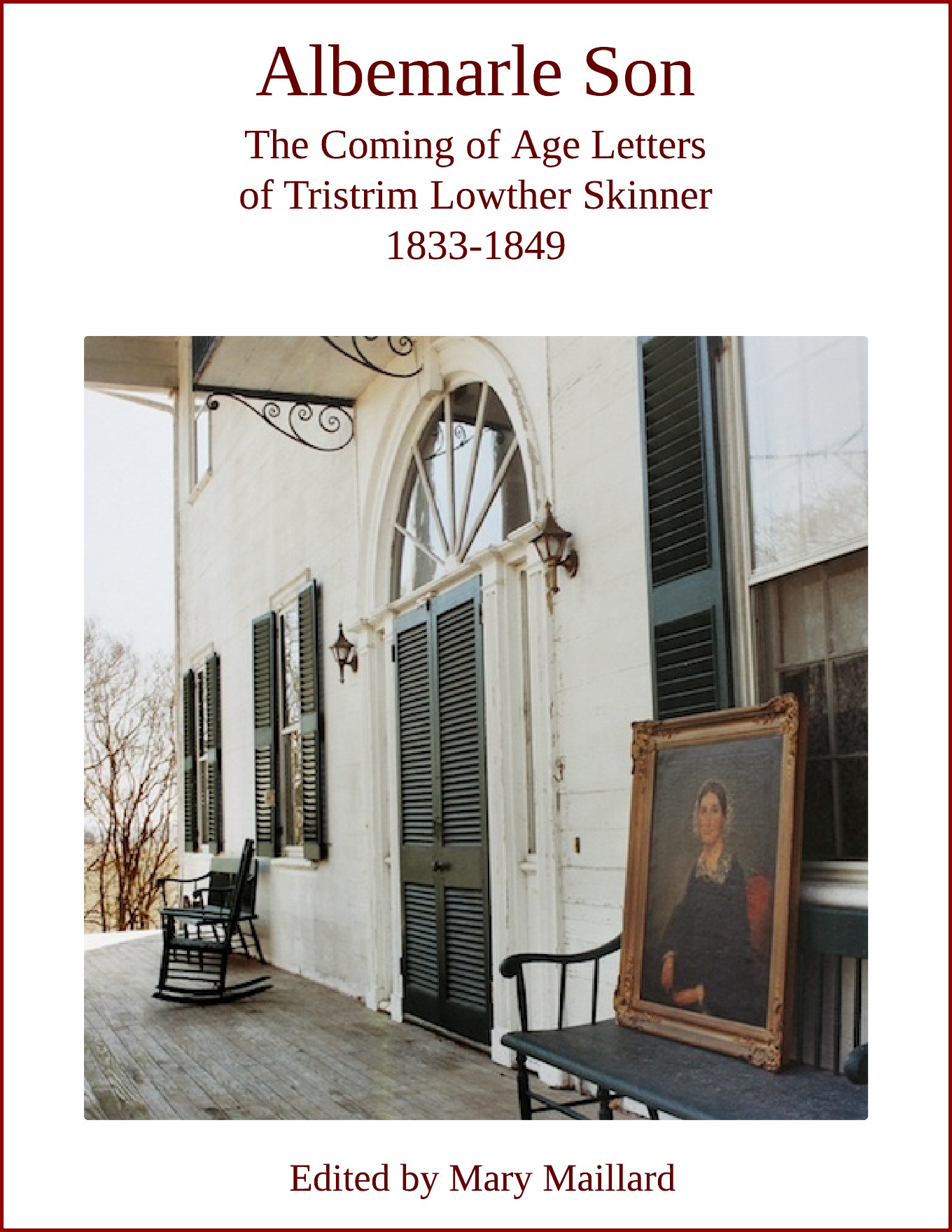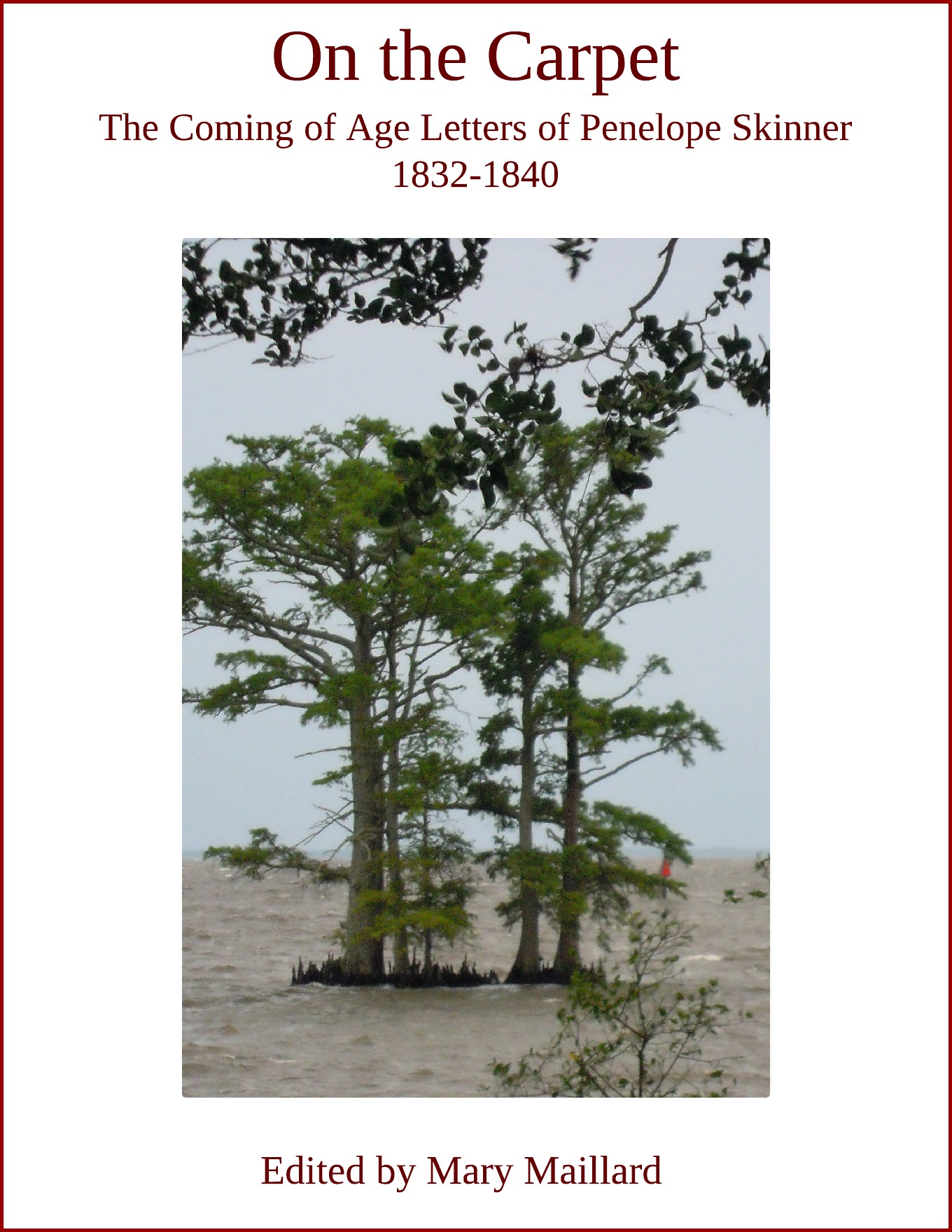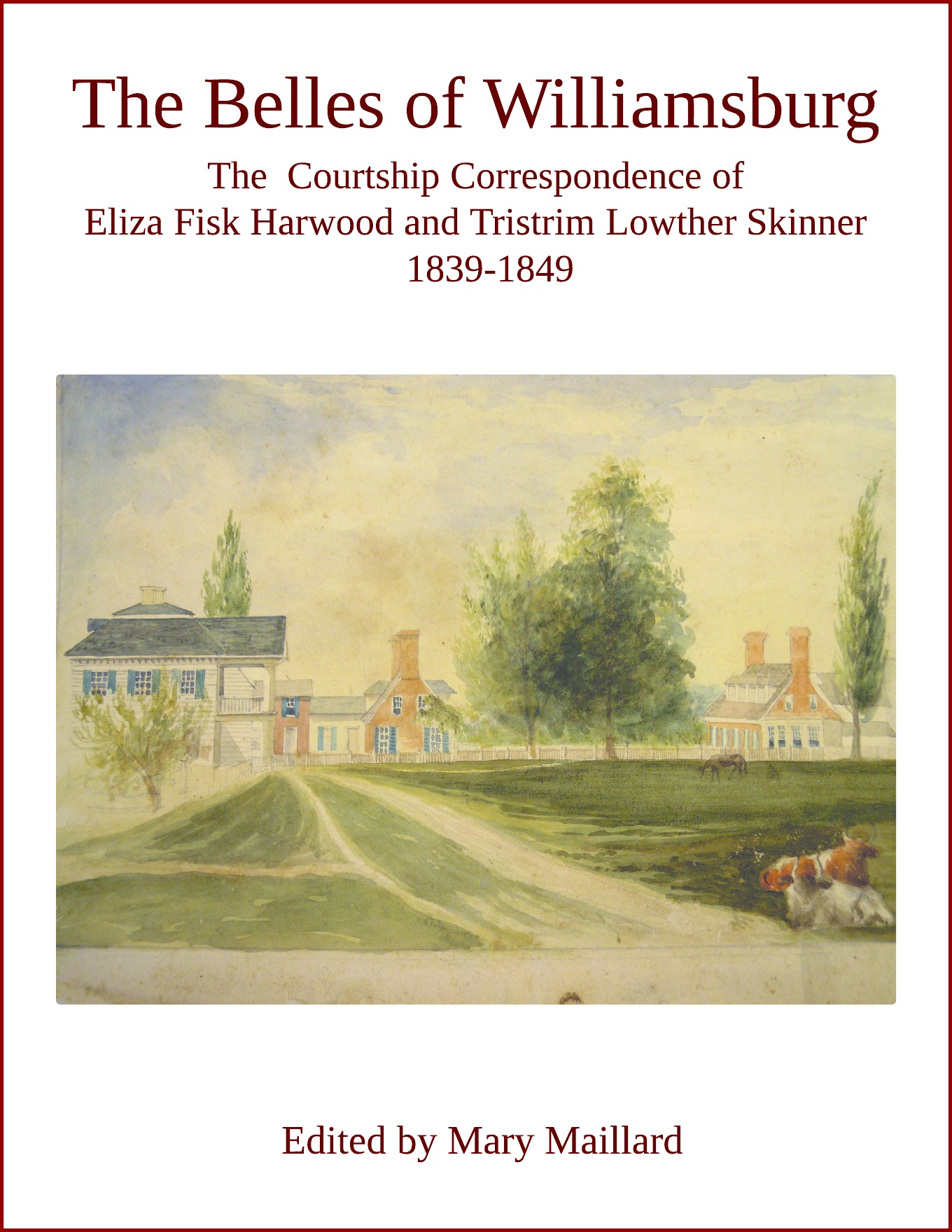Boston September 8th 1845
My dear Miss Eliza—
….I must however say something of Lowell. I spent a part of two days there, and never was in so busy a place. Nearly 9,000 girls are there engaged in the manufacture of cotton & wool. They are summoned to their work at the dawn of day, by the factory bells, and, with the intermission of half an hour for breakfast, and 3/4 of an hour for dinner, they work until dusk.
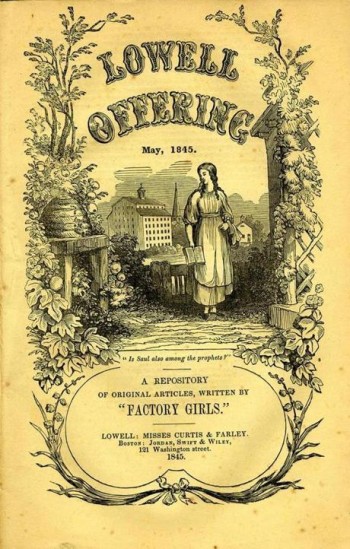
Lowell mills’ literary magazine, May, 1845. National Park Service.
The time for seeing them is from 7 till 10 oclock at night, when the streets & stores are filled with them. They are distinguished from the citizens by their sun bonnets with capes extending to their waists. They all wear cheerful countenances, but very few are pretty.[1] When speaking of this afternoon’s ride, I forgot to say that I saw several very pretty ladies, at their beautiful cottage houses. All that I see here, cannot keep me from preferring my Southern home; but I would be glad if it were not unreasonable in me, to wish that I might live to see our country rid of that institution which keeps it a century behind the age – and so thickly peopled as to render it susceptible of the improvements which abound here. ————
….You know that you can thus afford me a great pleasure, and if you are disposed to be charitable, you will write and oblige your affectionate friend
T. L. Skinner—
[1] Tours of Lowell’s celebrated textile mills became popular after the 1842 publication of Charles Dickens’s American Notes, in which he described the living and working conditions, dress, wholesome qualities and literary endeavors of the Lowell mill women. Jane Caroline North of Charleston, S.C., documented a similar tour in 1851. Mary Bellis, “The Textile Revolution: Charles Dickens on Mill Life,” About.com Guide, http://inventors.about.com/od/indrevolution/a/Francis_Lowell_2.htm (February 28, 2014); Michael O’Brien, ed., An Evening When Alone: Four Journals of Single Women in the South, 1827-67 (Charlottesville: University Press of Virginia, 1993), 218-19; Mary H. Blewett, ed., Caught Between Two Worlds: The Diary of a Lowell Mill Girl by Susan Brown (Lowell Museum, 1984).
Excerpt from Mary Maillard, ed., The Belles of Williamsburg: The Courtship Correspondence of Eliza Fisk Harwood and Tristrim Lowther Skinner 1839-1849 (January 2015). Kindle iBooks Kobo.
Note: The annotations to this document, and any other modern editorial content, are copyright © Mary Maillard

